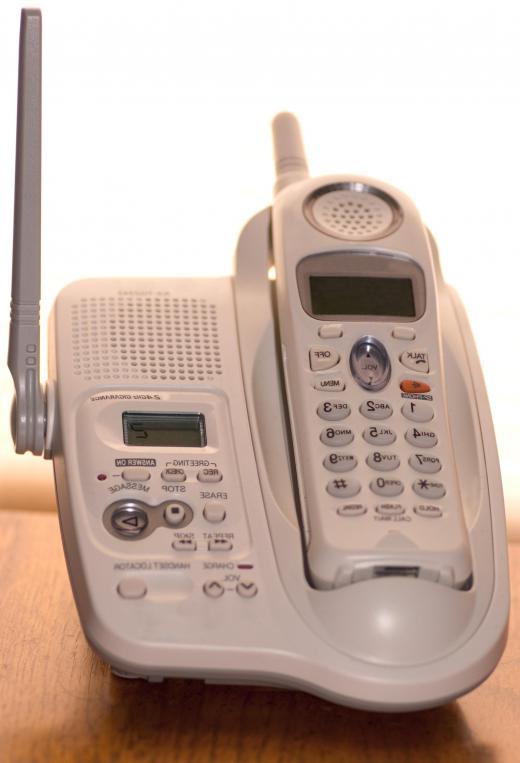Delta modulation (DM) is a method of taking an analog signal and converting it to a digital signal for data processing. It is primarily used for voice communications, but can also be adapted to transfer video and other forms of data. Since the digital version of a converted signal is merely an approximation of the original analog signal, degradation occurs in the conversion process and this increases with the distance the signal must travel from transmitter to receiver. The primary use for delta modulation technology has been in short-range transmissions for devices like cordless telephones and baby monitors. Other wireless forms of transmission also use delta modulation, such as wireless headsets, but the heavier the noise level is in an analog transmission, the more the quality of the output digital signal is reduced.
Modulation is a process with any wireless audio signal where the radio-frequency carrier wave that transmits it has an amplitude change in relation to the input signal that it carries. In the process of delta modulation, this analog signal is sampled at a rapid rate, and, for every instance of sampling, one bit of data is recorded. This data stream is then composed into a digital signal that approximates the original analog signal. Since the analog delta modulation process creates just one bit of data for every sampling instance, the analog signal is not represented very accurately, making the process a fast transmission method but prone to error.

Both pulse-code modulation (PCM) and adaptive delta modulation (ADM) are variations on the DM process that are considered to produce better signal-to-noise ratio output rates than DM. Pulse-code modulation is the original process, which can be traced back to before the invention of the modern computer. ADM and DM are more modern transmission schemes developed as methods of streamlining the transmission process for large amounts of data.

Though pulse-code modulation is the the original process, it is still the method used to encode audio signals onto various forms of electronic media, such as compact disks (CDs), digital video disks (DVDs) and Blu-ray Discs™. Variations on PCM now include delta pulse-code modulation (DPCM) and adaptive delta pulse-code modulation (ADPCM). These recent applications of pulse-code modulation use mathematical algorithms and more sophisticated methods of sampling the analog signal for accurate digital output.
Alec Reeves, an engineer from the UK, is credited with inventing pulse-code modulation (PCM) in 1937, which led to delta modulation and all the variations on the process that now exist. His ideas are considered to have made the digital age possible. The motivation behind PCM was to remove errors from analog signal transmissions by converting them to discrete digital packets of data. He was ahead of his time, however, as electronics technology did not yet exist to make his ideas practical. The transistor would not be invented until 1947 and not miniaturized and mass produced for the earliest integrated circuits until 1958 to 1959.
